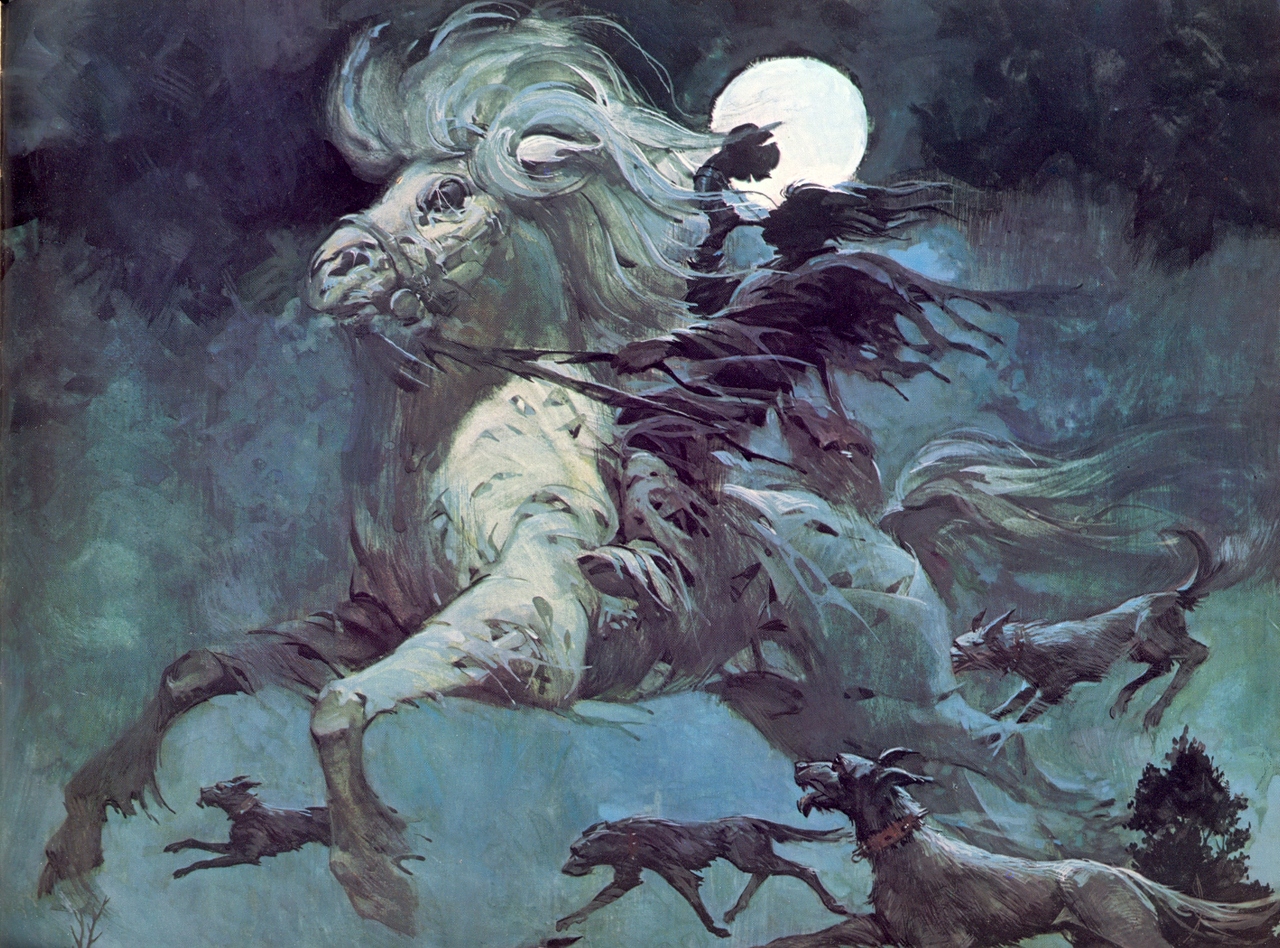Author: Gian Mario Mollar
The Si-Te-Cah, ancient giants of Nevada, and the mystery of the "Mounds"
From ancient legends of native traditions to Thomas Jefferson's archaeological expeditions to the mysterious question of the alleged 'cover up' by the Smithsonians Institute
The "Ghost Riders", the "Chasse-Galerie" and the myth of the Wild Hunt
(image: Henri Lievens, "Wild Hunt")
«Un old cowboy went out on horseback on a dreary windy day / rested on a ridge as he went for his road». Thus begins one of the most beautiful and famous country songs of all time: (Ghost) Riders in the Sky: A Cowboy Legend.
Yenaldooshi, the shape-shifting "Skinwalker" of Navajo folklore
skinwalker, “He who walks in the skin,” is an English word that loosely translates the Navajo term Yenaldooshi o Naglooshi, which literally means "with it, walk on all four". Both of these definitions refer to a particular type of "shapeshifter" in Navajo folklore, a sorcerer able to assume the forms of different animals by wearing their skin. The Skinwalkers they can transform into wolf, deer, crow, owl or even into fireballs darting in the sky, but the most recurrent metamorphosis associated with them is that of coyote. The result is a monstrous hybrid that roams the wastelands of the southwestern United States at night, bringing pain and torment to humans. The Skinwalkers they can move at great speed, so much so as to equal a speeding car, but their movements are never completely natural: the footprints they leave on the ground are uncoordinated, and there are those who say they have seen them run backwards, with limbs twisted into impossible positions.
Jack Fiddler, Wendigo's last hunter
(article by Gian Mario Mollar, originally published on Far west)
His name was Ojibwa Zhauwuno-Geezhigo-Gaubow, "He who stands out against the southern sky", and, in the Cree dialect, Maisaninnine o Mesnawetheno, "Man of Style," but the white men of the Hudson Bay Company nicknamed him Jack Fiddler. Born between 1830 and 1840 in the wild and lush land northwest of Lake Ontario, the son of a respected and feared shaman, he himself became the leader and shaman of the Sandy Lake Sucker tribe. At the time of his childhood, the region was deprived of animals and men, as the Hudson's Bay Company, dedicated to the fur trade, had now abandoned the outpost after years of intensive and indiscriminate hunting that had impoverished the territory. The Sucker tribe was thus forced to move further south, to Big Trout Lake, to trade and the young Zhauwuno-Geezhigo-Gaubow he worked for some time as a boatman, to transport furs to the York Factory.





